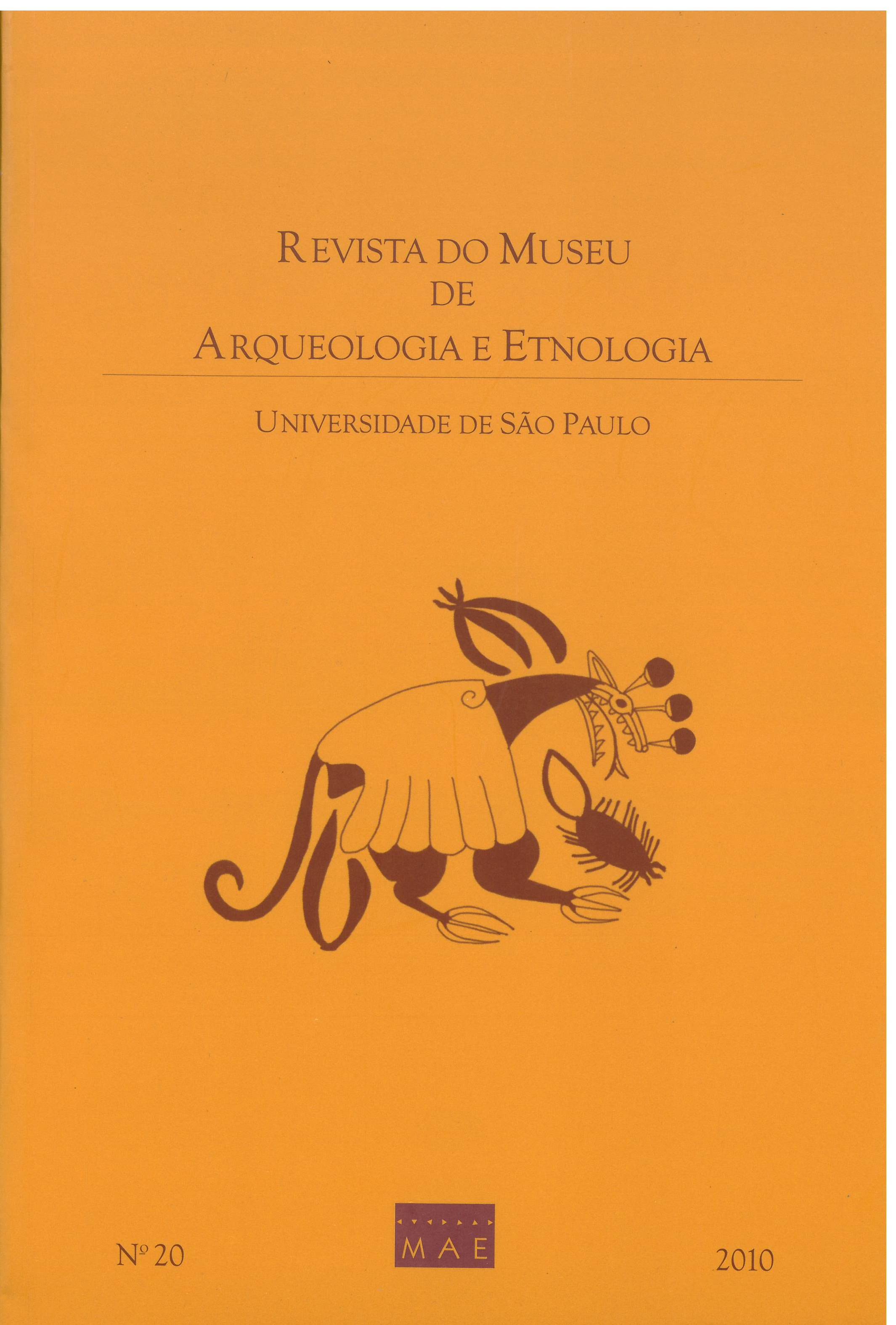A case of palatal-lip fissure or "wolf-mouth" during the Inca Empire, Rimac Valley, Peru XV-XVI centuries
DOI:
https://doi.org/10.11606/issn.2448-1750.revmae.2010.89941Keywords:
Congenital paleopathology, Lip-palatal fissure, Incas, Endogamous, Indians of PeruAbstract
The skull of a 30-35 years old woman showing a severe palatal lip fissure, focused in this article, was found at archaeological site of Makatampu, Rimac valley, central coast of Peru. The skull most likely belongs to a farmer who lived in highlands between the Late Ichimay period and the installation of the Inca Empire (15th, 16th centuries). In our study, we were able to identify one case (0,41%) of leporine lip out of 241 examined skulls. There are many controversies concerning the etiology of the leporine lip in Andean populations and two different hypotheses have been formulated. The former hypothesis, which is a biomedical one, indicate that the prevalence of the leporine lip in Andrean populations was due to a genetic alteration caused by the abuse of alcohol and drugs during the official parties. The latter, based on ethno-historical and anthropological data, points out to the fact that ancient populations of central Peruvian coast were practicing endogamous marriages. Hence, endogamy would have determined an increased number of cases showing this malformation. Even if only one pathological case has been reported in our study, we emphasize that the presence of the above disfiguring diseases is well represented both in the Mochica culure´s iconographical sources (e.g. the head pottery or huacos) and in the Andean philology. Taken all together, these data allow us to hypothesize that Andean populations showed higher incidence of leporine lip than shown by the paleopathological investigations. Even if only one pathological case has been reported in our study, we emphasize that the presence of the above disfiguring disease is well represented both in the Mochica culture´s iconographical sources (e.g. the head pottery or huacos) and in the Andean philology. Taken all together, these data allow us to hypothesis that Andean populations showed higher incidence of leporine lip than shown by the paleopathological investigations.Downloads
Download data is not yet available.
Downloads
Published
2010-12-09
Issue
Section
Articles
License
Copyright (c) 2010 Alfredo J. Altamirano Enciso, Marco Tulio A. Garcia Zapata

This work is licensed under a Creative Commons Attribution-NonCommercial-NoDerivatives 4.0 International License.
How to Cite
ENCISO, Alfredo J. Altamirano; ZAPATA, Marco Tulio A. Garcia. A case of palatal-lip fissure or "wolf-mouth" during the Inca Empire, Rimac Valley, Peru XV-XVI centuries. Revista do Museu de Arqueologia e Etnologia, São Paulo, Brasil, n. 20, p. 361–380, 2010. DOI: 10.11606/issn.2448-1750.revmae.2010.89941. Disponível em: https://www.journals.usp.br/revmae/article/view/89941.. Acesso em: 18 may. 2024.













